How to grow a lemon from a seed at home
Many gardeners dream of growing a fragrant lemon on the windowsill to delight household members with delicious tea with citrus added. At first glance, the task seems difficult, because a tree planted at home often takes root with difficulty and rarely bears fruit. To be successful, you need to know how to plant a lemon according to all the rules. Only then will the first ovary appear on it in a few years.
Description of the plant
South Asia is considered the birthplace of this evergreen perennial plant. From there, in ancient times, it was brought to India, China and many islands of the Pacific Ocean. Today, lemon is successfully grown in different countries for mass harvesting of fruits, and exotic lovers are happy to grow it from the seed at home.
The lemon tree planted at home grows to a height of about 2 meters. Multiple branches with dense leathery green leaves form a spreading crown. Young shoots are covered with a dark green bark with a reddish tint.
If citrus is sprouted from a seed, the first fruits are observed no earlier than 8 years after planting. When citrus is planted by grafting or by cutting, the crop appears 2 years earlier.
A beautiful tree exudes a delicate lemon scent, looks great, so at home it is often grown not only for fruit production, but also for interior decoration.
Where to begin
Growing a lemon from a stone is up to every person. You need to make a minimum of effort and strictly follow the recommendations for landing. The first step is to prepare the bones. The main mistake that prevents seeds from germinating is that they are placed in the ground when they have time to dry out. This cannot be done.
- You need to take a ripe large fruit, cut and remove the seeds.
- Rinse under running water and select the most powerful seeds.
- To facilitate the sprouting of sprouts, it is advisable to soak the seeds for a day in a special growth stimulant, which can be bought at a flower shop.
While the seeds are preparing for planting, you should start selecting nutrient soil and a suitable pot. Lemon seeds do well in small clay pots. At the bottom of the container, it is required to pour a two-centimeter layer of drainage. It can be expanded clay or small fragments of brick - the main thing is that they let excess moisture pass well, otherwise the roots of the young sprout will begin to rot and die.
Citrus planting soil is easy to obtain from the store, but many people prefer to make the formula at home. To do this, you need to take ordinary soil from the garden, sand, humus and mix them in the same proportion. It is useful to put a few tablespoons of charcoal in the prepared mixture. It prevents the development of pathogenic bacteria in the soil.
Planting seeds
When the preparatory work is completed, you can start planting. It is recommended to plant 3-4 seeds in one pot, in order to subsequently select the strongest shoots. The earth in the container must be moistened with settled water. Deepen lemon seeds 2 cm into the ground and sprinkle with earth.
Advice
In order for the citrus planting to be successful, it is advisable to carry out the procedure in the last days of February. In this case, the growth of young plants will be facilitated by the spring sun and increased daylight hours.
- Lemons love warmth, so they cannot be grown at home without observing the temperature regime. Successful cultivation requires maintaining an air temperature of 20-25 degrees.
- To create a greenhouse effect, the pot is covered with foil and placed in a sunny place.
- The first shoots hatch after 18-21 days. During this time, the film must be periodically lifted for airing.
- Watering is recommended only if the soil dries out with a small amount of warm water.
Delicate shoots grow quickly. When they have 2 pairs of leaves, the film must be removed and a separate pot must be prepared for each plant.
Transfer
Transplanting must be done in the same nutrient soil that was prepared earlier. Try to select the healthiest sprouts.
When choosing, pay attention:
- on leaves - they must be strong and not fall off from the slightest touch;
- on the crown - it is desirable that there is a slight distance between the buds;
- on shoots - it is required that they have few thorns, as this is a sign of a "wild" plant.
Subsequent transplants of a young lemon tree should be carried out as the crown and roots grow. Young seedlings are transplanted once a year, in June, and it is enough for grown plants to carry out the procedure every few years. Carefully remove the tree from the pot along with the earthen lump so as not to damage the delicate roots, and place in a larger container.
Care
Growing lemon requires bright light, especially during the off-season. During this period, it is advisable to purchase an LED phytolamp for highlighting and turn it on in the evenings and on cloudy days.
The room where citrus grows should be warm and humid. Rinse the leaves of the plant with water more often, spray it from a watering can. But it is not recommended to overfill the root system. The tree painfully perceives decay of the roots and instantly withers away from this. In winter, watering should be halved and carried out when the top layer of the earth dries out well.
Advice
It is important to form the crown of the plant correctly. For the splendor of the green mass in the first year of life, you must carefully pinch the top of the lemon tree. To keep the trunk even, and the crown round and neat, you need to turn the pot with the plant 30 degrees clockwise every 7 days.
Sometimes lemon blooms in the first or second year. Despite the beauty of the buds, they must be cut off mercilessly. Blooming too depletes the tree. He does not have enough strength for further development, and it may die. Flowers can be left only when there are 15 green leaves for each bud.
Top dressing
At first, growing lemon does not involve feeding. The soil prepared for planting contains all the necessary substances for growth and development. 3-4 months after transplanting, the grown shoots are fed with organic and mineral fertilizers. It is advisable to buy ready-made mixtures in a flower shop and use according to the instructions.
If for some reason this is not possible, it is allowed to use for feeding coffee grounds or tea leaves. They should be sprinkled on the top layer of soil in the pot before watering. Good for fertilizing egg shells. It is required to grind it, combine it with starch one to one and sprinkle the mixture on the ground before each watering.
Diseases
With insufficient care, the lemon growing at home begins to wither. When this happens, his leaves turn yellow, wither and fall off. To prevent this, adjust the watering and provide the citrus with good lighting.
- Yellow specks on the leaves indicate a lack of iron.
- Dry ends indicate a lack of phosphorus.
- Wrinkling and falling foliage indicates a deficiency of manganese and potassium.
You can help the plant by timely harvesting of spoiled shoots and a properly selected mineral complex.
For the prevention of pests and diseases of lemon at home, it is recommended to use "Fitosporin". The drug is diluted with water, following the instructions, and the root system of the plant is irrigated.
Now you know how to plant a lemon and grow a miniature tree from a seed. The main thing is proper planting, caring care, and then you can quickly enjoy the fruits of the first harvest harvested at home.
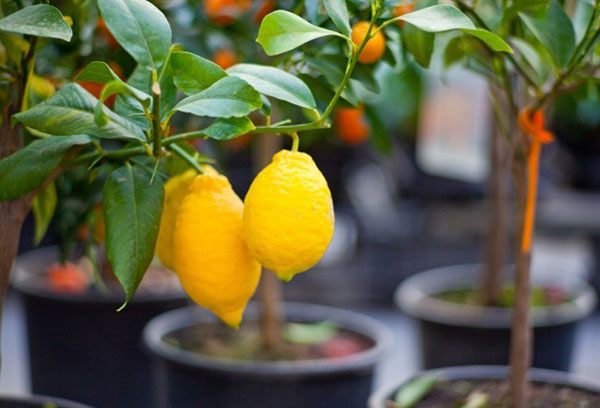
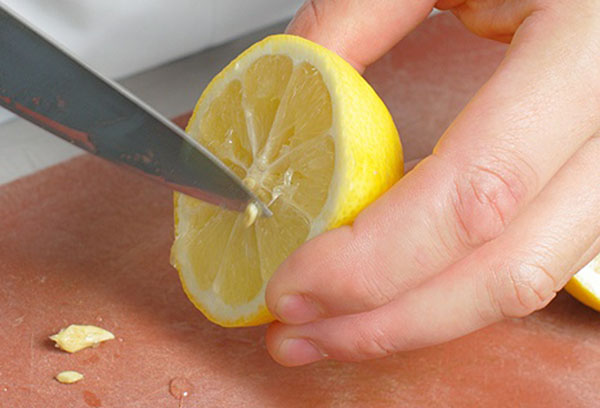
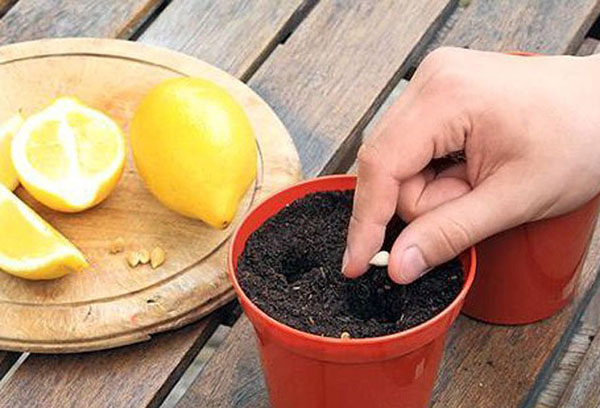
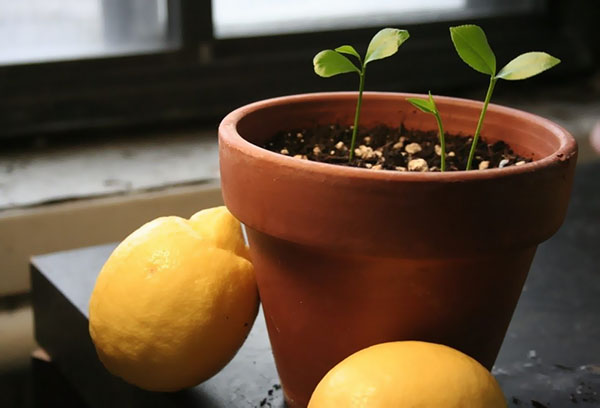
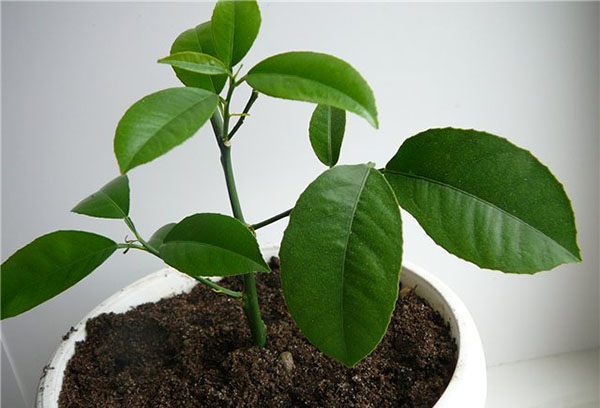

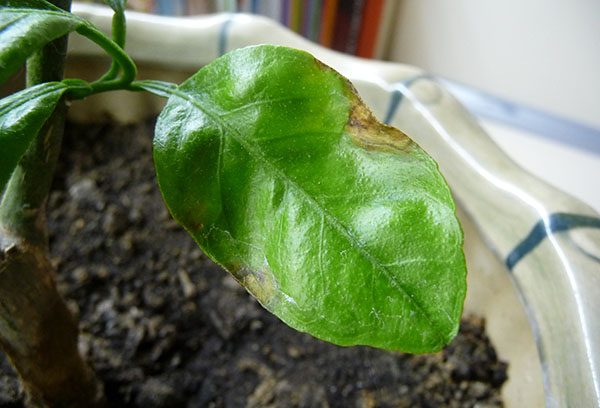

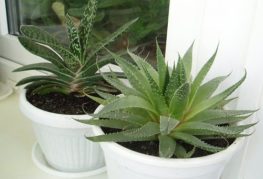
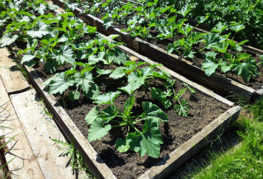
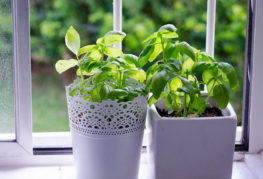


and will be published shortly.